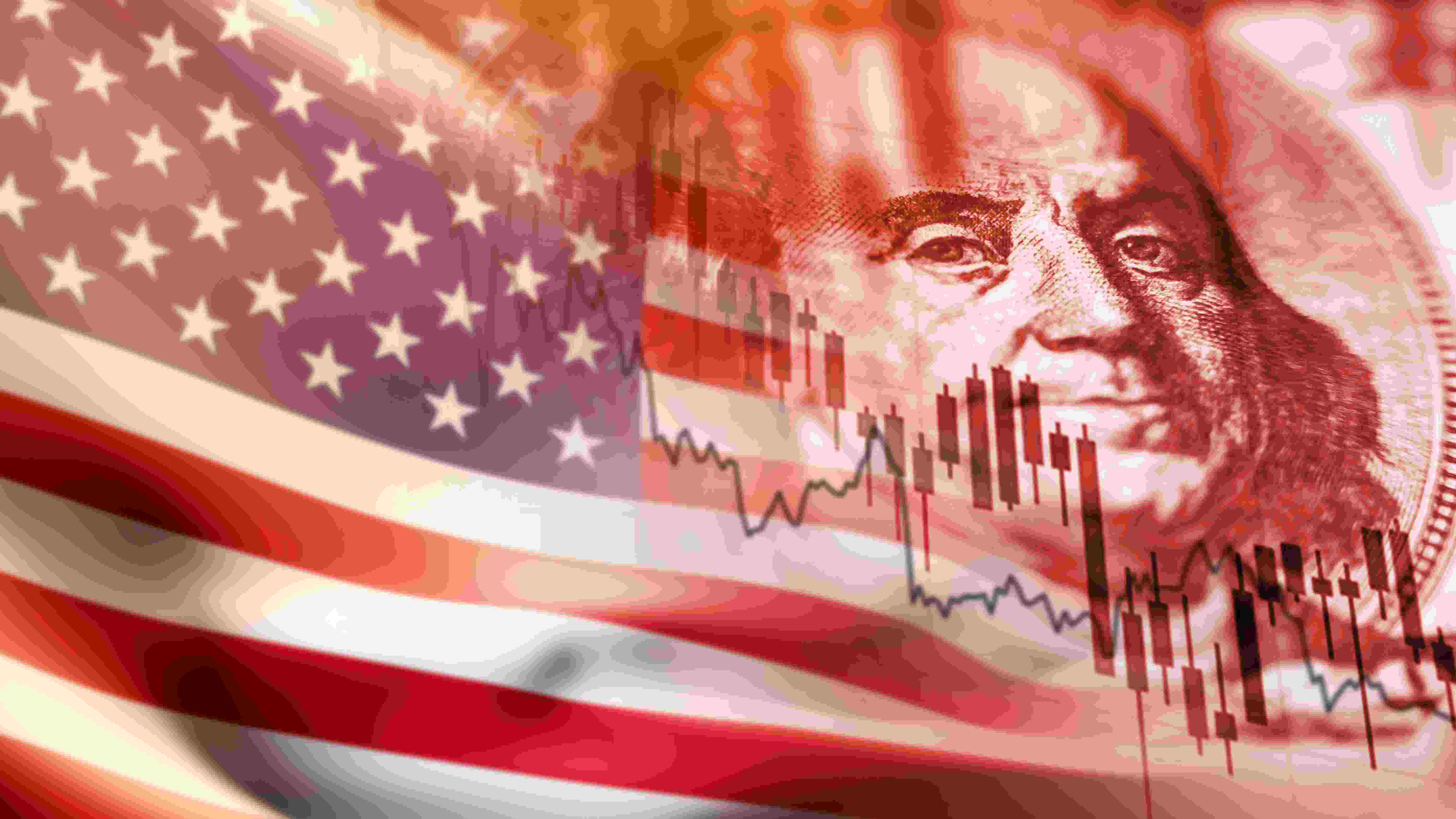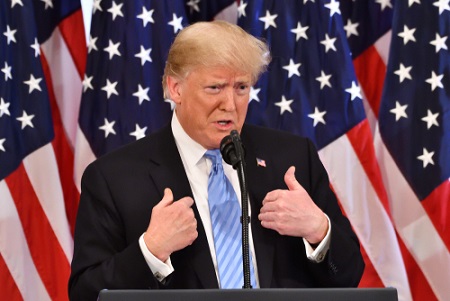Data lifts dollar as Trump talks tariffs

SINGAPORE, March 25 (Reuters) - The dollar hit a three-week high against the yen on Tuesday and was firm across the board after some strong U.S. services data and cautious optimism on the tariff front.
President Donald Trump said not all of his threatened levies would be imposed on April 2 and some countries may get breaks, which helped the dollar and the mood on Wall Street overnight by soothing some fears about a possible slowdown in U.S growth.
The dollar was last up at 150.56, having pulled overnight above 150 yen>. It rose to a three-week high of 150.92 yen in the Asia morning.
The lack of momentum in trading, however, showed market uncertainty about tariffs and pushing the dollar any higher.
"Until there is evidence of who's going to be spared and to what degree with regards to reciprocal tariffs, I don't think markets are particularly keen to jump the gun," said Vishnu Varathan, head of economics and strategy at Mizuho Bank.
"The nature of Trump tariffs is pretty mercurial. And arguably, the yen's sensitivity to tariffs can potentially be large, so a defensive positioning against the backdrop of higher yields and a BOJ that is qualifying hawkishness seems to be a reasonable position to take."
A strong services component in S&P Global's flash U.S. PMI figures pushed up U.S. yields and coincided with weakness in Japan, where services and manufacturing were both in contraction.
The yen has been a laggard for weeks even as tariff and growth worries weighed on the dollar, until last week's Federal Reserve meeting turned sentiment after the central bank indicated it was in no rush to cut interest rates.
Investors expect the Bank of Japan to go slow on monetary tightening that could bolster the yen. Minutes of the BOJ's January meeting released on Tuesday showed policymakers discussed the pace of raising interest rates.
Last week, the BOJ kept interest rates steady and warned of heightening global economic uncertainty. But many analysts still expect the BOJ's next move to come in the third quarter, most likely in July.
The dollar also hit its strongest since March 6 at $1.0781 per euro EUR=EBS, as a powerful rally in the common currency loses steam.
It was last trading at $1.0804, while sterling GBP=D3 hit a two-week low of $1.2883 before steadying at $1.2935 in Asia trade. The U.S. dollar index =USD notched a fourth straight session of gains to settle at 104.3.
But with Trump vowing that automobile tariffs are coming soon and the market implications of the levies complicated by concerns about U.S. growth, the next move is not obvious.
Data from the Commodity Futures Trading Commission on Friday showed that speculators turned net bearish on the U.S. currency last week for the first time since October, though the position is close to neutral. 0#NETUSDFX=
"It seems like nobody knows what to do with the dollar," said Brent Donnelly, president at analytics firm Spectra Markets.
"The EUR/USD trade has petered out, as have the massive move in rate differentials and relative equity performance," he said.
"The view that tariffs are unambiguously bullish U.S dollar has been challenged by the price action in 2025, and so even when we get the information on what tariffs look like next week, it will be hard to know what we are supposed to do."
The Australian dollar NZD=D3 seemed to catch support from optimism about Trump's tariff flexibility, and was steady at $0.6287. Australia's government will unveil a pre-election budget at 0830 GMT, aimed at cost of living relief.
Bitcoin BTC= hit a two-week high of $88,771 overnight but was 1.5% lower around $86, 497 in Asia. The New Zealand dollar NZD=D3 was near its lowest levels in a week at $0.5725.




